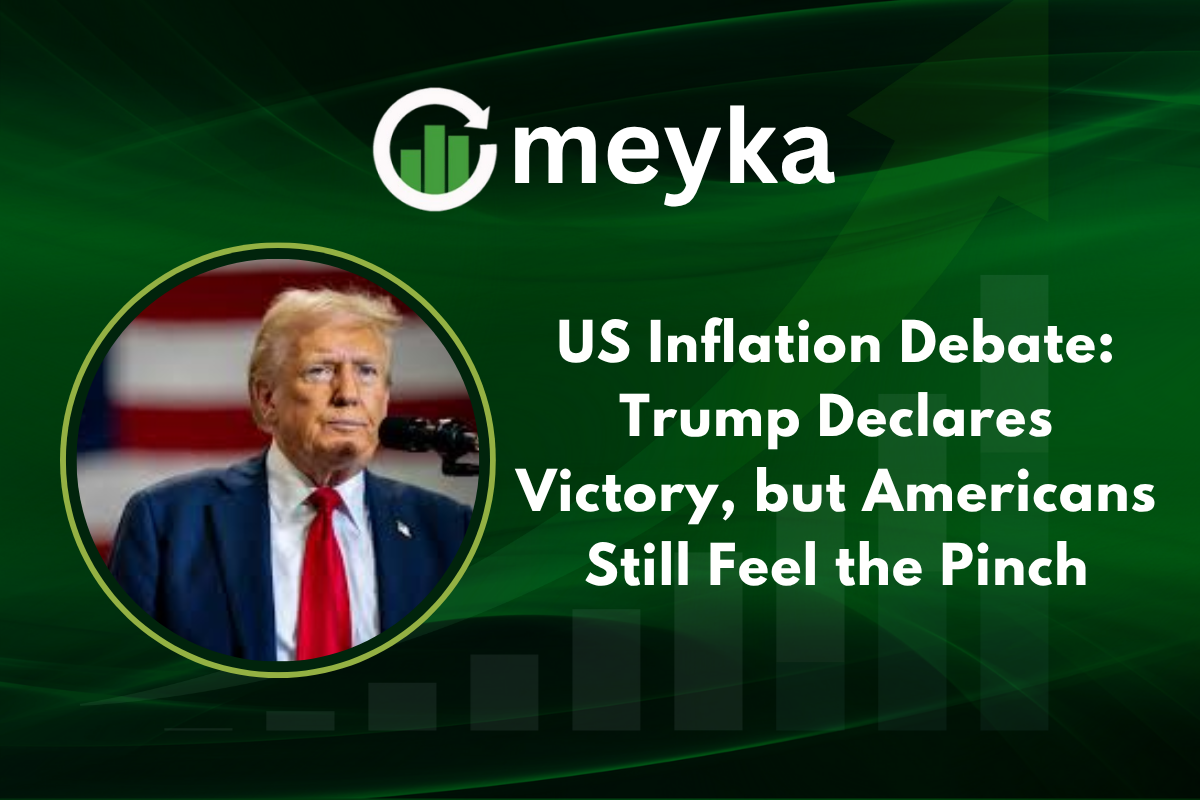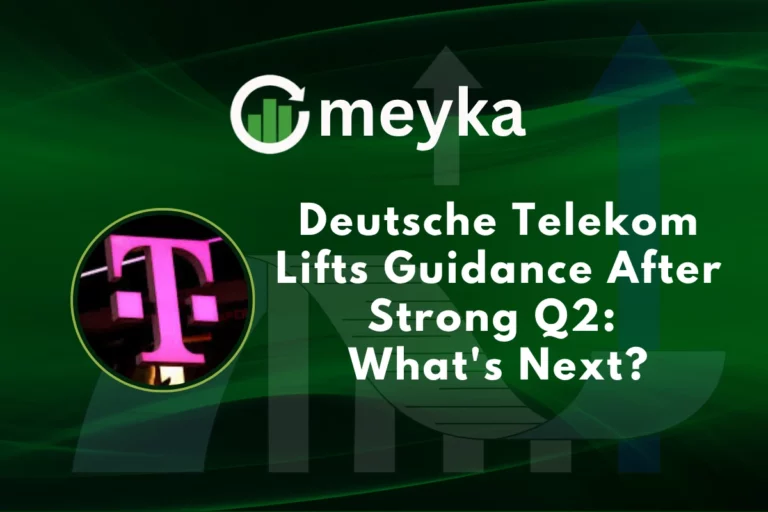US Inflation Debate: Trump Declares Victory, but Americans Still Feel the Pinch
The debate over US Inflation is back at the front of national politics. Former President Donald Trump has publicly declared victory, saying his economic message led to lower price pressures. Yet many Americans say they still cannot afford basics like food, rent, and energy.
Official data and central bank signals offer a mixed picture: headline measures have eased from the 2022 peak, but the cost of everyday living for families remains high.
If inflation is slowing, why do people still feel squeezed? This article breaks down the numbers, the politics, and what households actually face.
US Inflation, the numbers and what they mean
How the data looks right now
The most reliable gauge of consumer prices is the Consumer Price Index, published by the Bureau of Labor Statistics. Latest official releases show inflation has fallen sharply from its 2022 highs; for example, the BLS reported year-over-year readings in recent months in the low to mid-3 percent range.
At the same time, the September release was rescheduled because of a government shutdown, leaving analysts to rely on August figures and private estimates until the next full report.
Why does a slower rate not feel like relief? Because slower inflation means prices rise more slowly, it does not mean prices fall. Families still pay the higher amounts that have built up since 2020.
What is “core” inflation telling us
Core inflation, which strips out volatile food and energy costs, has cooled in many readings. That helps explain why some high-level indicators look better. Yet core measures do not capture the persistent rise in housing, child care, medical bills, and groceries that hit household budgets hardest. Analysts watch both headline and core numbers to judge whether price stability is likely to stick.
US Inflation and the political claim, Trump’s message vs data
The claim and the pushback
Mr. Trump has publicly said he defeated inflation, crediting his economic agenda and leadership. The White House and allied channels have pushed similar messages, pointing to falling headline rates and strong stock markets. For the record, the administration has posted messaging and speeches asserting this point.
Do economists agree with that claim? Most economists say the recent easing owes mainly to Federal Reserve rate hikes, improving supply chains, and base effects from the pandemic shock. Political leadership matters, but it is not the only driver of inflation trends.
Media and social signals
International and regional outlets picked up the story, noting the contrast between political claims and household reports of higher costs. A recent regional report highlighted rising coffee and grocery prices even as political leaders touted progress. That gap is central to why public sentiment has not rebounded fully.
US Inflation, the Fed’s role, and the balance it faces
Tightening, growth, and the risk of recession
The Federal Reserve tightened policy aggressively to bring inflation down. Higher interest rates slow borrowing and demand; they cool price growth but can also slow hiring and investment.
The Fed must decide if it can hold rates high long enough to secure price stability, while avoiding a hard landing for the economy. That trade-off remains unresolved in public debate.
Can the Fed declare victory? Policymakers are cautious. Lower inflation is progress, but “sticky” prices for housing and services mean the Fed is watching wage trends and core measures before making any dramatic shift.
Here, market researchers increasingly use AI Stock research to track real-time price signals across commodities and consumer goods, combining financial data with surveys to refine forecasts.
How Americans still feel the pinch
Wages, prices, and purchasing power
Even with lower headline inflation, many households have not seen their paychecks catch up to the cumulative rise in prices since 2020. That leaves disposable income lower than many expected.
Local examples include families paying substantially more for groceries and renters facing rising housing bills. Survey trackers show consumer sentiment still lagging behind headline data.
Why are people worse off than the headline suggests? Because cumulative inflation outpaced wage gains for many workers. Slow wage growth reduces purchasing power even when the inflation rate falls.
Expert outlook and policy signals on US Inflation
Sticky inflation and forward risks
Some economists warn about sticky inflation, where certain key categories do not fall. Structural factors like limited housing supply, higher labor costs, and trade policy can keep prices elevated. Analysts use AI Stock Analysis tools to model scenarios where energy prices fall but services and housing remain high. That creates a mixed outlook for policymakers and voters.
Will inflation stay high or return to target? Most forecasts expect further cooling toward the Fed’s 2 percent goal over time, but timing is uncertain and depends on wages, housing, and global commodity markets.
Political fallout and public sentiment about US Inflation
Elections, messaging, and lived experience
Inflation remains a top concern for voters. Political messaging that declares victory will only carry weight if households feel real relief. Polls and approval trackers show the economy remains a partisan wedge, with perceptions varying by party and region.
Political strategists increasingly use AI Stock tools and sentiment models to map voter worries about prices into campaign messages.
“Groceries don’t care about politics,” said one voter in a recent interview. “My concern is what’s in my shopping cart each week.”
Global forces and how they shape US Inflation
Imports, energy, and worldwide trends
US price trends are linked to global supply and demand. Oil markets, shipping costs, and foreign inflation all ripple into US consumer prices. Central banks across Europe face similar post-pandemic pressures, which complicates the Fed’s task and the political framing of domestic policy as the sole cause.
Conclusion: a mixed picture on US Inflation
The US Inflation debate is both political and economic. Mr. Trump’s declaration of victory resonates with some voters, but the daily reality for many Americans tells another story.
Headline rates have moved down from their peaks, yet essential costs remain elevated, and wages have not closed the gap for many families.
Policymakers and markets will watch upcoming data closely, and analysts expect gradual progress toward price stability by 2026 if current trends continue. Until wallets feel clear relief, claims of victory will feel symbolic to millions of households
Disclaimer
This content is for informational purposes only and not financial advice. Always conduct your research.






